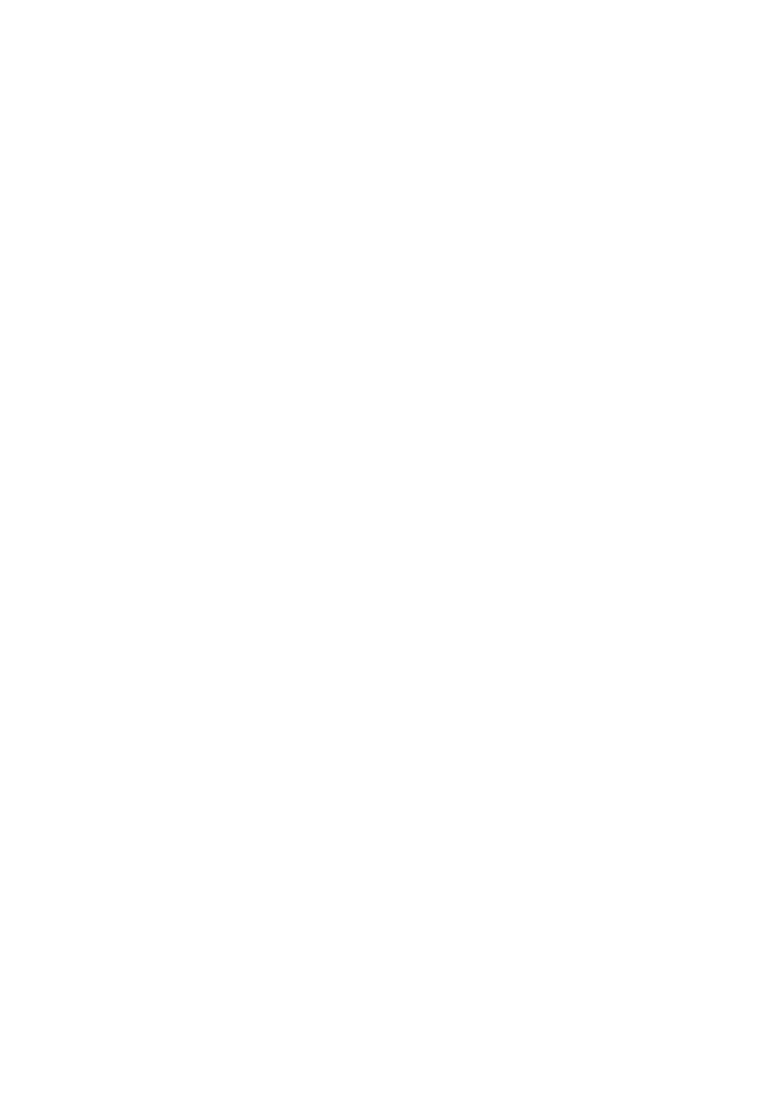
Miscellaneous Topics – 2381
80. A milch cow with her calf.
81. A Kinnara couple, male and female.
82. A Karavīka bird king.
83. A peacock king.
84. A crane king.
85. A ruddy-goose (
cakka-vāka
) king.
86. A pheasant or partridge (
jīvaṁ-jīvaka
) king.
87-92. The six planes of celestial sensual existence.
93-108. The sixteen planes of the form worlds.
These are the figures in the 108 circles on the Bodhisatta’s soles.
Then the author quotes the enumeration of these figures composed in verse
form by the Taunggwin Sayādaw, head of the Saṅgha, as it appeared in his
Light on the Hidden Meaning (
Guḷhattha-dīpa
, Vol I). We do not translate
it, for it will be a repetition.
3. The mark of the projecting heels.
By this is meant all-round developed heels. To elaborate: With ordinary people,
the forepart of the foot is long; the calf stands right above the heel; and so the
heel looks cut and hewn. This is not the case with the noble Bodhisatta. The sole
of his foot may be divided into four equal parts, of which, the two front ones
form the foremost sector of the sole. The calf stands on the third part. The heel
lies on the fourth, looking like a round top placed on a red rug as though it has
been treated on a lathe.
As for ordinary people, since the calf is situated on the top of the heel, the
heel looks ugly, as though it were cut and hewn unsymmetrically. In the
case of a Bodhisatta, however, the calf is on the third part of the sole. The
rounded heel which occupies the fourth sector and which is conspicuous
against the reddish skin is accordingly elongated and graceful.
4. The mark of the long and tapering fingers and toes.
With ordinary people, some fingers and toes are long and others short. Their
girths also differ from one another. But this is not so in the case of the
Bodhisatta. His fingers and toes are both long and even. They are stout at the